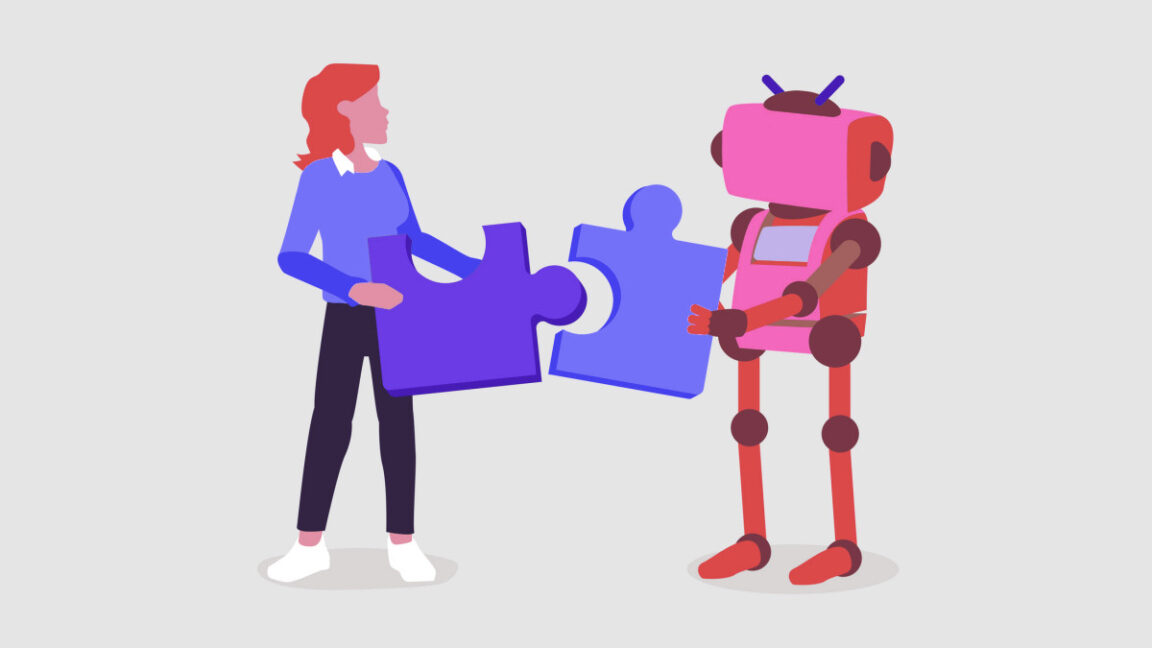OpenAI Introduces GPT-5: A Leap Forward in AI Accessibility

OpenAI has launched the latest version of its AI model, GPT-5, which includes various variants like GPT-5 Pro, GPT-5 Mini, and GPT-5 Nano. This release marks a significant milestone as the AI system is now accessible to all ChatGPT users, including those on the free tier. Key features of GPT-5 include reduced factual errors, enhanced coding abilities, and a new mechanism for managing sensitive requests termed "safe completions."
One notable advancement is the availability of simulated reasoning for free users. This feature enables the AI to break down problems into manageable steps, thereby improving the accuracy of responses, particularly for logical or analytical queries. OpenAI describes GPT-5 as a "unified system" that combines diverse AI functions into a cohesive model capable of handling questions with varying degrees of complexity and delivering responses via images, voice, or text, just like its predecessor, GPT-4o.
The rollout of GPT-5 is a phased process meant to reach ChatGPT's wide user base of 700 million active users. Pro subscribers will have unlimited access to GPT-5 as well as the specialized GPT-5 Pro variant. Meanwhile, Plus and free users will experience usage limitations. For paid plans, features like unlimited access to certain variants will be included, and GPT-5 Pro will replace the o3-pro model.
From a technical standpoint, GPT-5 promises significant improvements over previous models. Despite a trend of diminishing returns seen across earlier versions, GPT-5 presents a notable leap with its improved contextual processing. This model is hailed for its robust coding performance, excelling at complex tasks and software interface design, accessible even to users without prior coding knowledge.
GPT-5 has shown advancements in dealing with health-related inquiries, though it remains non-replaceable for professional medical advice. The AI model also excels in mathematics and multimodal understanding, setting new benchmarks for deep reasoning and extended analysis capabilities.
Additional enhancements include a decline in dumbfounded or flattering responses, a response censorship method known as "safe completions," and new customizable interface options. The voice mode is being upgraded to a unified "Advanced Voice" system, enhancing instructional understanding and adaptive speaking styles.
For developers, GPT-5 arrives in API form with three versions: gpt-5, gpt-5-mini, and gpt-5-nano, offering varied latency and cost options. The expansion of the context window to 256,000 tokens represents a sizeable growth over OpenAI's previous models. API pricing for these capabilities is competitive, underlining the model's accessibility and appeal.
In the face of growing competition from other AI developers like Google and Anthropic, OpenAI has strategically positioned GPT-5 to replace several of its former models, maintaining edge in the market. As GPT-5 begins its rollout from today, free and paid users are set to benefit from its advanced capabilities, with free users transitioning to GPT-5 mini upon reaching usage caps.



